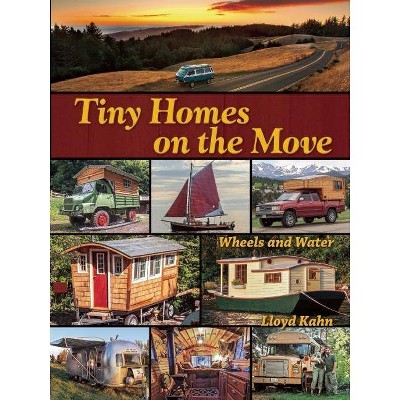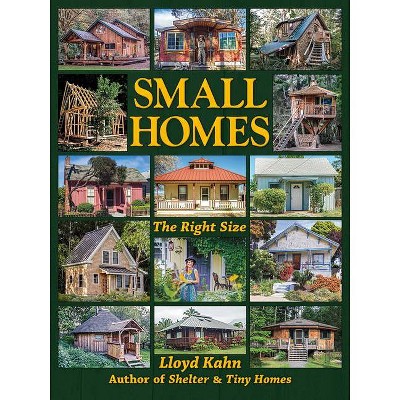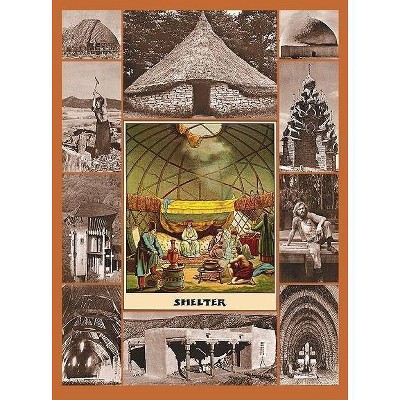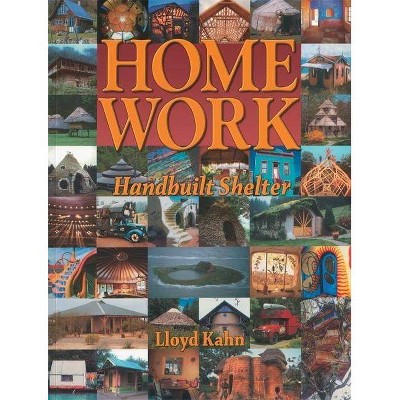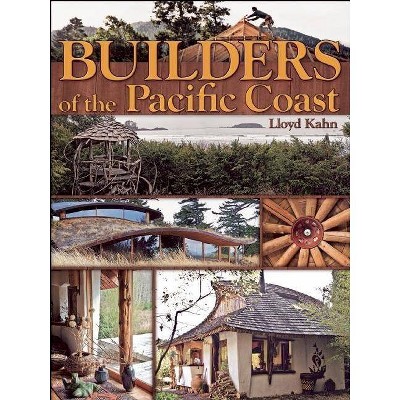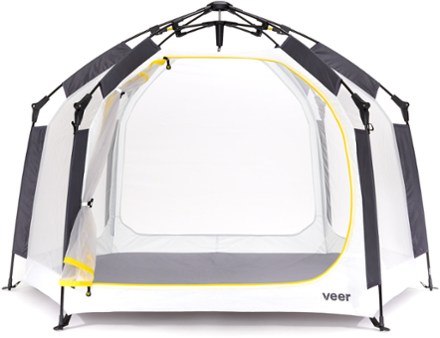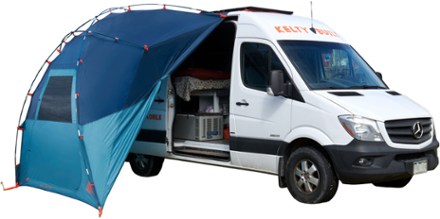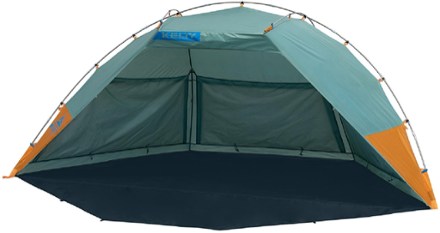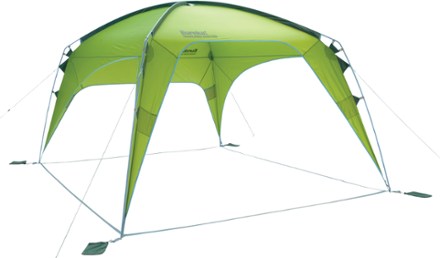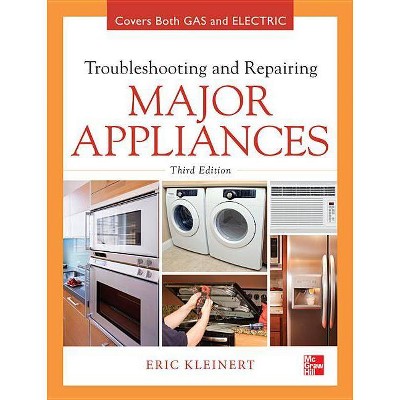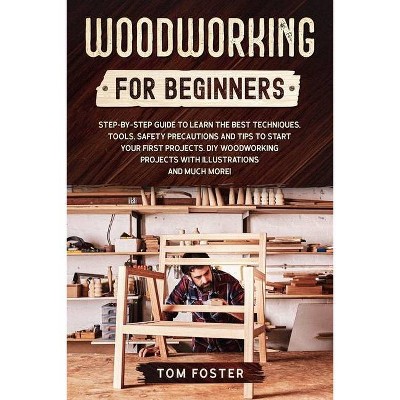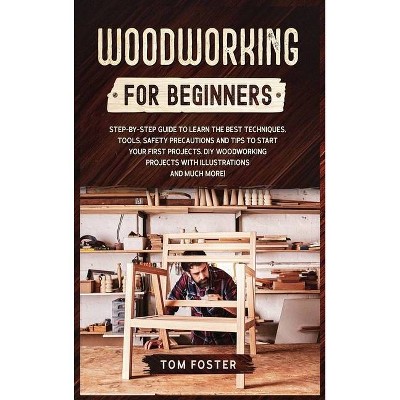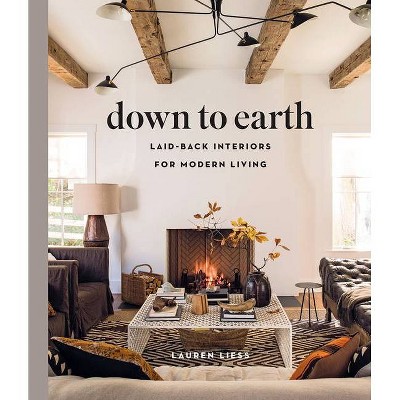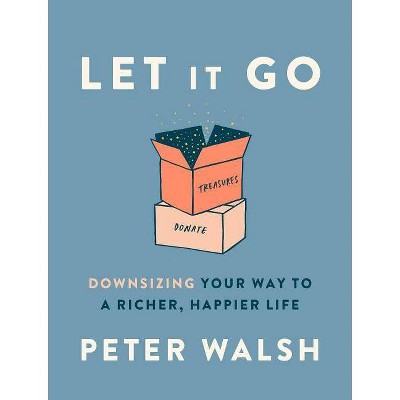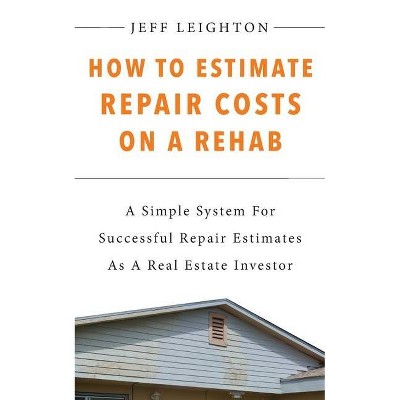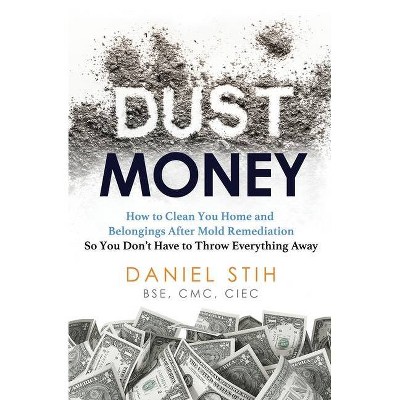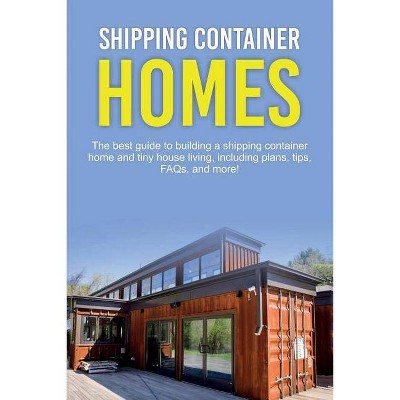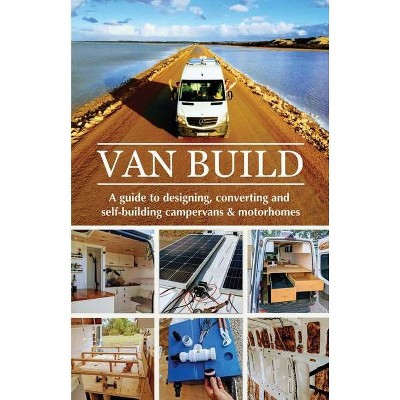Tiny Homes: Simple Shelter - (Shelter Library of Building Books) (Paperback)
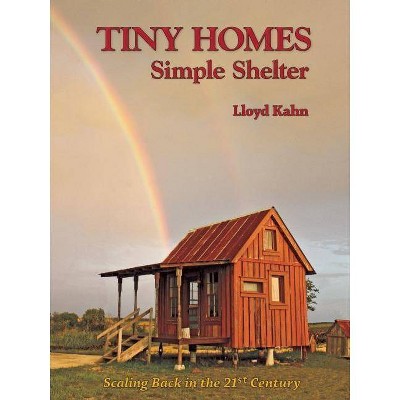
Similar Products
Products of same category from the store
AllProduct info
<p/><br></br><p><b> About the Book </b></p></br></br>These days, homeowners, designers, architects (no less), road gypsies, water dwellers, dreamers, people of all ages, all over the world are making do creatively with under-500 sq. ft. shelters. This is a real and powerful alternative to high rents, or a lifelong obligation to a bank on an overpriced home. <BR>The heart of our 1973 book "Shelter" was on small buildings, which we recommended as a starting point in providing one's own living space. Now, almost 40 years later, there's a significant tiny house movement all over the world -which we've been tracking over the past year. <BR>John Field sold his 2800 sq. ft. house in upstate New York and built a 128 ft. cabin in the high Texas desert. The "Lady on the Road" (who wishes to remain anonymous), has been living full-time in a highly decorated bus since she was 51 (she's now 72). A couple in British Columbia have a houseboat with adjacent floating garden. A rustic cabin has been built on a remote beach in Mendocino, inspired by our book Shelter, and reachable only by boat. A lot of small houses have been built on trailers, so they can be moved around and don't necessarily require land ownership.<BR>More and more people are living in buses, trucks, houseboats, and other movable shelters. There are a large number of prefabs and kits now available. There are innovative solutions in cities, such as the "capsules" in Tokyo. There are numerous websites with news, photos, and/or plans for tiny houses. <BR>This is going to be a spectacular book, no kidding! It will be our first major building block since "Builders of the Pacific Coast" was published in 2008. Like our other building books, it will have at least 1000 photos, along with stories, interviews, and insights from people who have chosen to scale back in the 21st century.<p/><br></br><p><b> Book Synopsis </b></p></br></br>There's a grassroots movement in tiny homes these days. The real estate collapse, the economic downturn, burning out on 12-hour workdays - many people are rethinking their ideas about shelter - seeking an alternative to high rents, or a lifelong mortgage debt to a bank on an overpriced home. Homes on land, homes on wheels, homes on the road, homes on water, even homes in the trees. There are also studios, saunas, garden sheds, and greenhouses. <p/>There are 1,300 photos, showing a rich variety of small homemade shelters, and there are stories (and thoughts and inspirations) of the owner-builders who are on the forefront of this new trend in downsizing and self-sufficiency. You can buy a ready-made tiny home, build your own, get a kit or pre-fab, or live in a bus, houseboat, or other movable shelter. Some cities have special ordinances for building in-law or granny flats in the back yard. There are innovative solutions in cities, such as the capsules in Tokyo. <p/>If you're thinking of scaling back, you'll find plenty of inspiration shown by builders, designers, architects, dreamers, artists, road gypsies, and water dwellers who've achieved a measure of freedom and independence by taking shelter into their own hands.<br><p/><br></br><p><b> Review Quotes </b></p></br></br><br><br>...our friend Lloyd Kahn's beautiful book, <i>Tiny Homes.</i><br>--Mark Frauenfelder, BoingBoing <p/><i>Tiny Homes</i> is an amazing collection. ...The homes might be tiny but your inspiration is huge.<br>--Richard Zanuck, Film Producer <p/>...a quirky photo-rich book that preaches the benefits of a 'grassroots movement to scale things back.'<br>--Jeffery Trachtenberg, <i>Wall Street Journal</i> <p/>...a glorious portfolio of quirky makers and dreamers...<br>--Penelope Green, <i>New York Times</i> <p/>Before McMansions, before the counter culture was granite and marble, there was Lloyd Kahn, champion of the hand-built house . . . progenitor of the new do-it-yourself movement<br>--Patricia Leigh Brown, <i>New York Times</i> <p/>The common thread that weaves between the stories is the builders' immense pride of place, a drive for independence and a vision that, when little goes to waste, life can have greater meaning.<br>--HomeGrown.Org <p/> ...a refreshing view into the wonderful world of small houses.<br><i>--Watershed Sentinel</i>, BC, Canada <p/>...splendid photos of home exteriors, interiors and landscapes...<br><i>--Urban Times</i> <p/>What these structures might lack in square footage they more than make up for in economy, character and appeal...<br>--U-T San Diego<br><br><p/><br></br><p><b> About the Author </b></p></br></br>I started building almost 50 years ago, and have lived in a self-built home ever since. If I'd been able to buy a wonderful old good-feeling house, I might have never started building. But it was always cheaper to build than to buy, and by building myself, I could design what I wanted and use materials I wanted to live with. <p/>I set off to learn the art of building in 1960. I liked the whole process immensely. Hammering nails. Framing -- delineating space. Nailing down the sub-floor, the roof decking. It's a thrill when you first step on the floor you've just created. <p/>Ideally I'd have worked with a master carpenter long enough to learn the basics, but there was never time. I learned from friends and books and by blundering my way into a process that required a certain amount of competence. My perspective was that of a novice, a homeowner -- rather than a pro. As I learned, I felt that I could tell others how to build, or at least get them started on the path to creating their own homes. <p/>Through the years I've personally gone from post and beam to geodesic domes to stud frame construction. It's been a constant learning process, and this has led me into investigating many methods of construction -- I'm interested in them all. For five years, the late '60s to early '70s, I built geodesic domes. I got into being a publisher by producing <i>Domebook One</i> in 1970 and <i>Domebook 2</i> in 1971. I then gave up on domes (as homes) and published our namesake <i>Shelter</i> in 1973. We've published books on a variety of subjects over the years, and returned to our roots with Home Work: <i>Handbuilt Shelter</i> in 2004, <i>Builders of the Pacific Coast</i>, and <i>The Barefoot Architect</i> in 2008. <p/>Building is my favorite subject. Even in this day and age, building a house with your own hands can save you a ton of money (I've never had a mortgage) and -- if you follow it through -- you can get what you want in a home. --<b>Lloyd Kahn</b><br>
Price History
Cheapest price in the interval: 22.99 on October 28, 2021
Most expensive price in the interval: 22.99 on November 6, 2021
Price Archive shows prices from various stores, lets you see history and find the cheapest. There is no actual sale on the website. For all support, inquiry and suggestion messages communication@pricearchive.us
